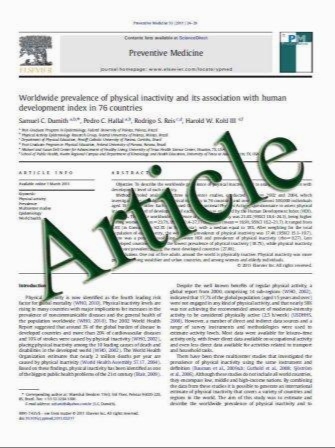Regulation of scapula development
- نوع فایل : کتاب
- زبان : انگلیسی
- مؤلف : Ruijin Huang Æ Bodo Christ Æ Ketan Patel
- چاپ و سال / کشور: 2006
Description
The scapula is a component of the shoulder girdle. Its structure has changed greatly during evolution. For example, in humans it is a large quite flat triangular bone whereas in chicks it is a long blade like structure. In this review we describe the mechanisms that control the formation of the scapula. To assimilate our understanding regarding the development of the scapula blade we start by addressing the issue concerning the origin of the scapula. Experiments using somite extirpation, chickquail cell marking system and genetic cell labelling techniques in a variety of species have suggested that the scapula had its origin in the somites. For example we have shown in the chick that the scapula blade originates from the somite, while the cranial part, which articulates with the upper limb, is derived from the somatopleure of the forelimb field. In the second and third part of the review we discuss the compartmental origin of this bone and the signalling molecules that control the scapula development. It is very interesting that the scapula blade originates from the dorsal compartment, dermomyotome, which has been previously been associated as a source of muscle and dermis, but not of cartilage. Thus, the development of the scapula blade can be considered a case of dermomyotomal chondrogenesis. Our results show that the dermomyotomal chondrogenesis differ from the sclerotomal chondrogenesis. Firstly, the scapula precursors are located in the hypaxial domain of the dermomyotome, from which the hypaxial muscles are derived. The fate of the scapula precursors, like the hypaxial muscle, is controlled by ectoderm-derived signals and BMPs from the lateral plate mesoderm. Ectoderm ablation and inhibition of BMP activity interfers the scapula-specific Pax1 expression and scapula blade formation. However, only somite cells in the cervicothoracic transition region appear to be committed to form scapula. This indicates that the intrinsic segment specific information determines the scapula forming competence of the somite cells. Taken together, we conclude that the scapula forming cells located within the hypaxial somitic domain require BMP signals derived from the somatopleure and as yet unidentified signals from ectoderm for activation of their coded intrinsic segment specific chondrogenic programme. In the last part we discuss the new data that provides evidence that neural crest contributes for the development of the scapula.
Anat Embryol (2006) 211 (Suppl. 1): S65–S71 Accepted: 4 September 2006 / Published online: 28 September 2006


